$799
3.5 Stars
Cambridge Audio’s famed outboard digital-to-analogue converter adds a ‘Plus’ to its name.
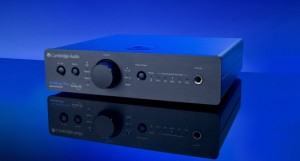 CAMBRIDGE AUDIO IS a name familiar to most hi-fi enthusiasts young and old. For some years now the English company has produced high quality, high performing audio equipment at relatively low prices – CD players, amplifiers, phonostages (of which I am a happy user) and much more. And several years back they gave us the DACMagic, an inexpensive outboard digital-to-analogue converter, designed especially with computer audio in mind, and which received much admiration within the worldwide hi-fi community.
CAMBRIDGE AUDIO IS a name familiar to most hi-fi enthusiasts young and old. For some years now the English company has produced high quality, high performing audio equipment at relatively low prices – CD players, amplifiers, phonostages (of which I am a happy user) and much more. And several years back they gave us the DACMagic, an inexpensive outboard digital-to-analogue converter, designed especially with computer audio in mind, and which received much admiration within the worldwide hi-fi community.
Now they have released the mark 2 version – the DACMagic Plus upsampling digital-to-analogue converter, which is said to have “significantly enhanced audio performance” along with “exciting new features” and wireless device connectivity (for this the optional BT100 Audio Receiver is required, and unfortunately one wasn’t included with the review sample).
The DAC
Like the original, the DACMagic Plus uses twin WM8740 24-bit DAC chips and can be used vertically or horizontally (rubber stand included). It is housed in the familiar damped metal casework (in black or silver) with a fairly thick aluminium front panel; it looks assuredly “Cambridge Audio”.
The first main difference you’ll notice is the volume control and headphone jack (recommended for headphones with impedances of 32 to 600 ohms) which straight away adds to its features/value-for-money rating. The Plus now uses the new Anagram Technologies ATF2™ for 24-bit/384kHz audio up-sampling and jitter reduction – the ATF2 is essentially the algorithm used to improve the signal from your PC, CD player and other digital devices. Via asynchronous USB the DACMagic Plus will stream files up to 24 bit/192KHz from your PC or Mac (USB 2 mode) and 24/96 via driverless USB (USB 1 mode) and any connected source (CD, DVD players) is said to be upsampled to 24/ 384 KHz. All sample rates are shown by corresponding blue LED indicators – 44.1, 48, 88.2, 96 and 192 KHz.

Along with the USB input there are two 24-bit digital inputs with coaxial and optical options for both, and an input for the aforementioned external Bluetooth receiver or other external device. There is also an optional digital pre-amp mode so you can connect the DAC straight to a power amp or even active speakers; and you can switch between headphone and pre-amp modes by pressing and holding the volume control while turning the unit on. Also like the original, there are RCA and balanced XLR outputs, plus the three digital filters (linear phase, minimum phase and steep) which you can select to your preference. There are also digital outputs for recording purposes and a switch to invert phase. Power is supplied by a wall-wart type cable.
Setting Up
The DACMagic Plus is plug-and-play and will most likely work straight away for Mac users (cue smug Mac-smirks). However, if you have a PC (like myself) and your new device does not work when you plug it into your computer and turn it on, do not go flapping around the house in a panic, as I did. USB 1 mode is plug-and-play, but the DM+ may have been set to USB 2 mode (better, because it enables full 24/192 streaming) and this requires an additional driver to install onto your PC. This can be downloaded easily from the extremely helpful Cambridge Audio website (for free) and once you run it, you’re laughing. If you are running Windows, Cambridge Audio recommends using in ASIO or WASAPI (in Exclusive Mode) output for bit-perfect music transfer. Mac computers require no extra drivers. I used Media Monkey and played WAV and FLAC files – some CD quality and some high resolution. I also tried using a Rega Apollo CD player and an old Onkyo DVD player as transports, via their respective coaxial outputs.
Listening
I’m not entirely sure why, but I decided to start with a 16 bit/44.1 KHz FLAC version of Joy Division’s Unknown Pleasures. [Maybe you were depressed that you hadn’t gone down the Mac road when you had the chance? – Apple-mad Ed] I think probably because I wanted to see if any one of the three filter options could make enough difference to the sound in order to help me actually enjoy this album. I’d like to be part of the Joy Division fan club, I really would, but for some reason I just can’t catch on to the music. Whenever I listen to a Joy Division album I find myself clenching my fists, my pulse weakens and I slip into a dreamlike state of unconsciousness where dark shadows loom, and I invariably awaken to discover that I’ve hacked my own legs off with a teaspoon and set fire to them. It happens every time – I swear. I listened to the album through, randomly cycling through the three filter options. I have to admit I couldn’t really settle on any one filter as any change in the sound was very subtle (you’ll want to experiment, as I’m sure most people will find a preference). You’ll be pleased to know, though, that I did come close to actually enjoying the music, which sprang from the speakers amid a dark, smoky soundstage. The sound was less compressed than I’d previously experienced and Ian Curtis’ tormented vocals stood overtly free from the music and were quite nicely actualised. Bass and drums were tight, driving the music along, the guitars were satisfyingly chunky and gritty and there was a reasonably good sense of depth to the soundstage. Yes, I said I came close to enjoying it – I still can’t call myself a fan, but through no fault of the DM+.
Feeling a little gloomy, [Buy a Mac! – Ed] I brought up Loose Fur’s ‘So Long’ (16/44.1) from their debut self-titled album, which I’d used in last month’s review of the excellent Rotel RDD-06 DAC. This is the track with all that crazy percussion – banging and smashing with (calculated) reckless abandon. While the detail was there, the sounds of the cymbals and bells weren’t really as forthcoming as they were through the Rotel, seeming somewhat recessed, and as the song gradually built up pace, it didn’t really take off, leaving me edging forward in anticipation, waiting for the up-swing which was never quite delivered. It was still an enjoyable listen, it just was not wholly satisfying; there seemed to be a slight lack of power or dynamism.
On Linn Records’ website I discovered an album called Natsukashii by the Helge Lien Trio (I can pronounce the word ‘Trio’) which is a very nice modern jazz recording (24/96) consisting of piano, drums and bass. I listened to the track ‘Afrikapolka’ and was impressed by the tonal character of the piano notes, the lifelike sound of drum skins being hit, the hefty bass sound and the clacking of the bass strings. It’s a gentle but quite funky number which the DM+ rendered with nice agility and poise, if lacking just a morsel of presence. The soundstage was a little closed-in, the instruments not appearing to be quite as spread out as they should be. In a similar vein was The Bill Evans Trio’s ‘Milestones’ (another piano, drums and bass jazz number) from the album Waltz For Debby (24/192) which was superbly detailed with great depth perception within the soundstage. As before, there was a distinct touch of politeness from the DAC but everything was there all the same, from lovely clear piano notes to crisp cymbal brush-work.
Next I played a 24/192 version of Marvin Gaye’s ‘Please Stay (Once You Go Away)’ from the album Let’s Get It On, and I was impressed with the detail within the lush soundstage. Despite a hint of brightness in the upper reaches, the music was enjoyable, detailed and expressive with good imaging. Gaye’s impassioned vocal stood out nicely and I could sense his position in relation to the backing vocalists and the musicians were all well placed and depicted. Overall the album sounded lovely and warm through the DACMagic+ and got me feeling “in the mood”, if you know what I mean…
For something a little more raucous, with the potential to sound either superb or bloody ‘orrible, I put on a 16/44.1 FLAC of The Pixies’ album Surfer Rosa. It certainly didn’t sound horrible but the DM+ didn’t quite resolve the near cacophonic guitars and blood-curdling shrieks. Still, the drums were big and bold sounding and the distinctively bass lines drove the songs along nicely, and the acoustic guitars were pleasing to the ears and with good body. However, the album has a borderline brittle treble which the DAC couldn’t quite cope with – the track ‘Something Against You’, for example, had to be swiftly turned down for fear it would cause my ears to bleed. Slower, simpler songs from the album fared better and were much easier to listen to, as a result of more detail reaching the listening position without being muscled aside by all the noise.
To finish with I decided it was time for some Americana – New Zealand style – with Auckland’s Bernie Griffen and the Grifters’ beautifully recorded self-titled five-track EP. This is a fantastic mini-album, which deserves a vinyl release and you only have to hear Bernie’s smoke’n’whiskey (that’s speculation, not necessarily a fact) hazed voice to know he is not merely channeling his American heroes – he’s telling us the truth and he’s lived through it all. The band is made up of exceptionally talented musicians, including two guitarists, an upright bass (which goes incredibly low), drums and multi-instrumentalist Dave Khan who provides banjo, keys, mandolin and his Warren Ellis–style fiddle playing adds to the remarkable atmospheric soundscape. ‘Horse Song’ has a deep, solid bass line which, however, was a little bloomy sounding through the DM+ and seemed to slightly overpower the rest of the music. Switching to the minimum phase filter resolved this somewhat, but with a slight loss of overall impact. The song seemed slightly muddled and unfocused with a ‘shouty’ quality to the vocal, and again the music seemed a little restrained, not really taking off, though guitars sounded strong and there was still a sense of depth to the soundstage with the live feel of the recording still reasonably apparent.
The three filter options don’t do much for me and I kept wishing for a simple direct-from-source signal; I found that having to try different filters for different tracks annoying and I couldn’t really settle on a preference. I will concede that as this function was carried over from the original DACMagic and other companies use similar filter switches on their digital sources, that there clearly must be some merit.
I’m no headphone hi-fi-er, but the headphone amp section sounded good with the couple pairs of budget headphones I tried. Music was clear and detailed with little trace of that ‘closed-in’ feeling that can be experienced with some headphone set ups.
The sound quality playing movies and CDs with the budget Onkyo DVD player was significantly improved (the DM+ is 2-channel only and will not process 5.1 surround); but I ultimately preferred the sound of the Apollo CD player on its own for plain old vanilla CDs.
Conclusion
The DACMagic Plus is a detailed and generally enjoyable performer and it does pretty much everything it’s supposed to do, but it just didn’t always take me to that special place, lacking some of the presence and energy I crave – it doesn’t have that ‘hell yeah’ factor, and can sound polite and at times a little bright. Jazz and acoustic music sounded best in my system while to a degree it could struggle at times with more complex rock; for the price it is very good but it is now up against some stiff competition with the likes of Rotel’s RDD06 DAC. As always, system compatibility will play a big part in the listener’s own assessment, so I recommend an audition, and I would surmise that the DM+ will be all that many music lovers will require, though I suspect that the more discerning audiophile may look elsewhere. Of course, this DAC could be just what you want for your system – the sound is distinctly Cambridge Audio (if you liked, for instance the Cambridge Audio 640c V2 CD player, the DM+ could be right up your alley) and with all those features and the inclusion of the headphone and pre-amp option, there are bound to be admirers – something the company has in abundance. ANDREW BAKER

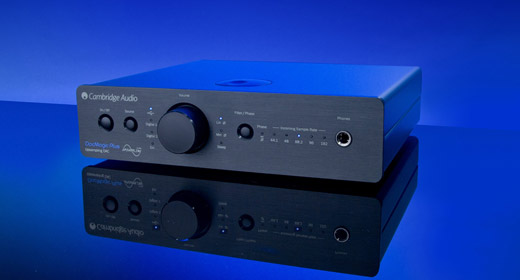


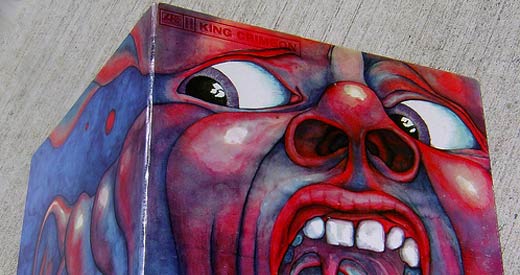
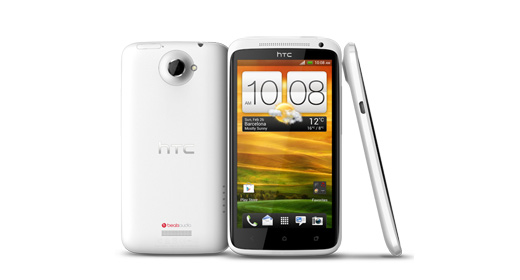
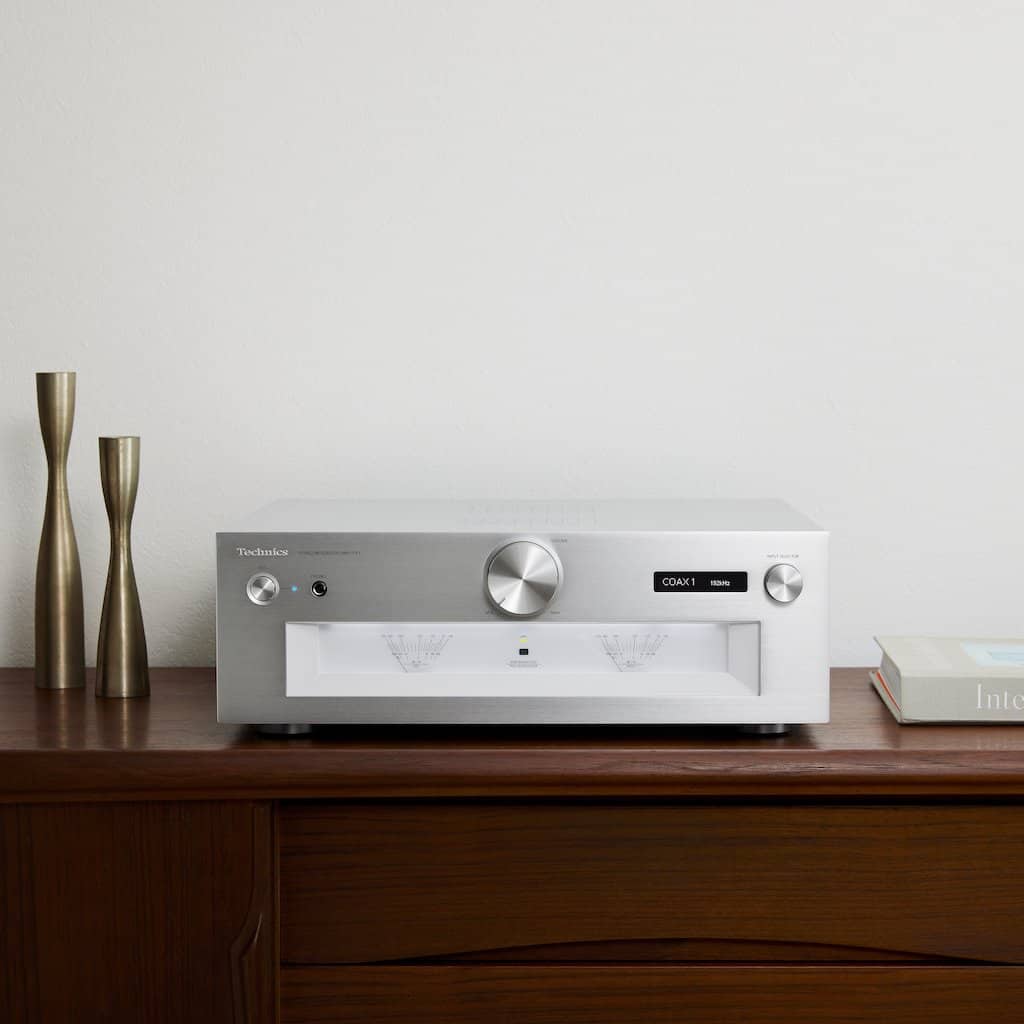
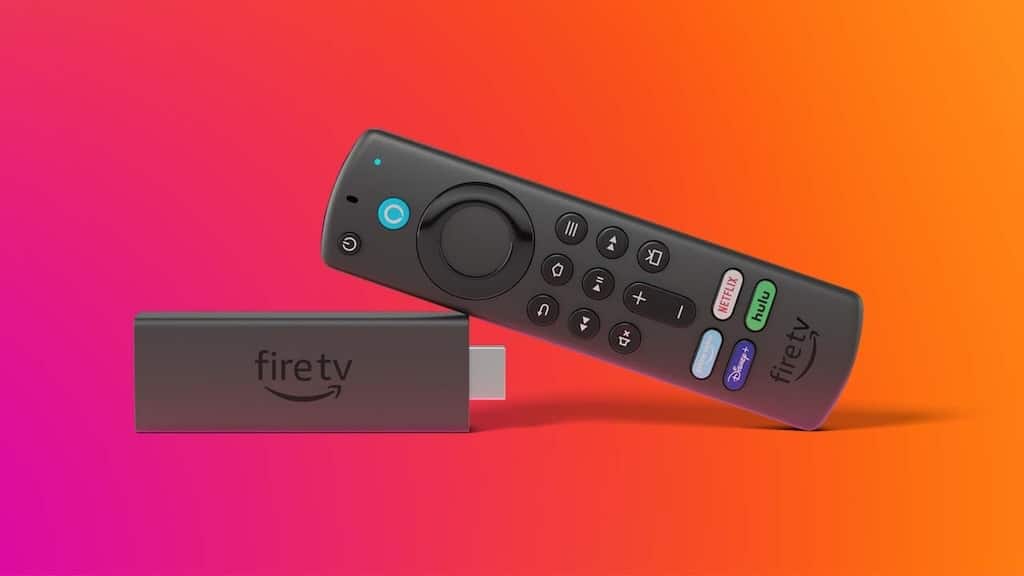
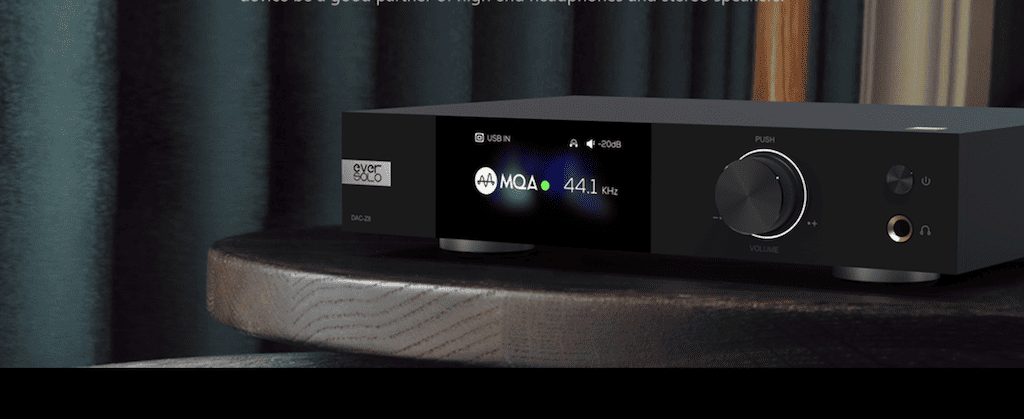
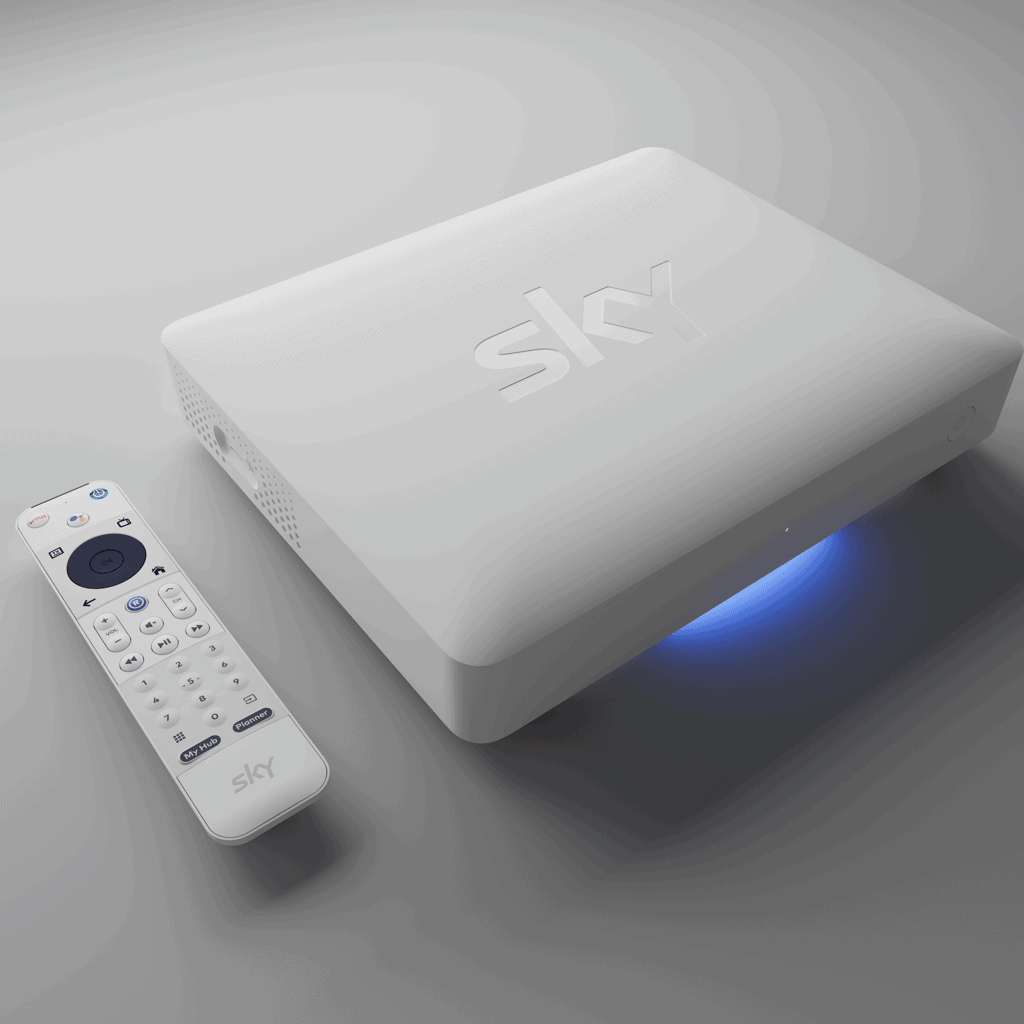
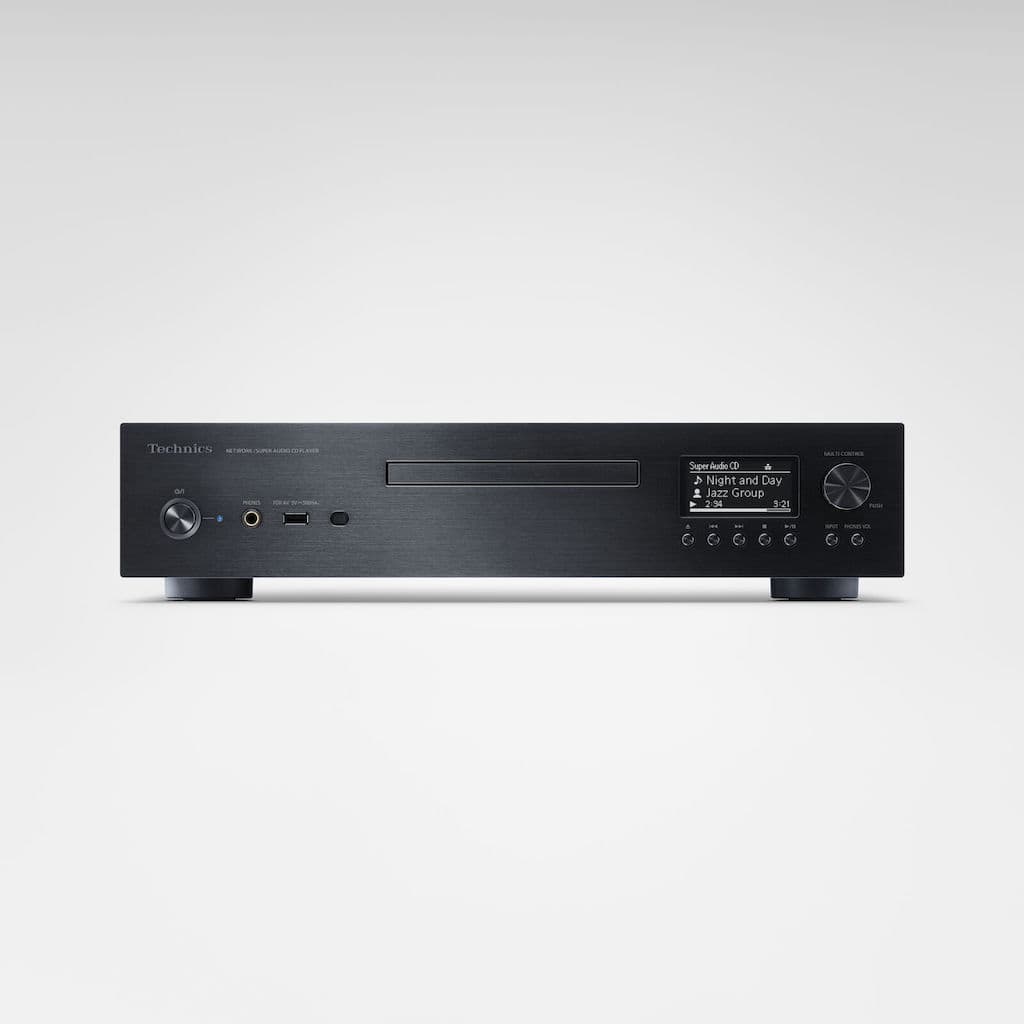

Oh a Mac is now on my “Want List”.
AB, Why would you want a Scotsman?
Mr Baker, was there any noticeable difference between Rega and Onkyo transports?
Joy Division should only be listened to on vinyl, the digital transfers were all poor. You’ll still want to hack your legs off, but will enjoy doing it.
Since they are the same price, can you describe the pros and cons of the Dac Magic Plus and the new Rotel RDD 06? Is one of them obviously better in your opinion?
Hi Richard, have a read of this – http://witchdoctor.co.nz/index.php/2012/05/rotel-rdd-06-dac-review/
Lastman : thanks for the advice – I’ll keep that in mind.
Cambridge Audio DacMagic + is a great DAC – given the fairly low price & many functions + great sound-picture. I haven´t heard any better DAC in this price-category!